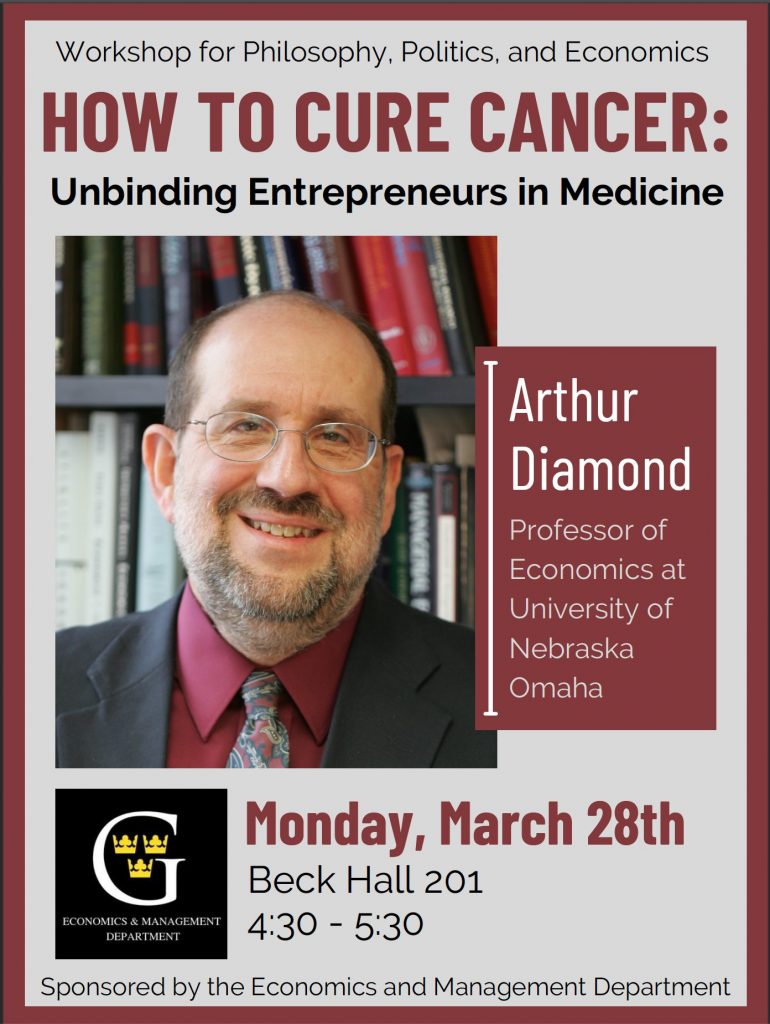(p. A22) The faulty coronavirus testing kits developed by the Centers for Disease Control and Prevention in the early weeks of the pandemic were not only contaminated but had a basic design flaw, according to an internal review by the agency.
Health officials had already acknowledged that the test kits were contaminated, but the internal report, whose findings were published in PLOS ONE on Wednesday, also documented a design error that caused false positives.
. . .
The C.D.C.’s test was designed to detect three distinct regions, or target sequences, of the virus’s genetic material. The test kits contain a set of what are known as primers, which bind to and make copies of the target sequences, and probes, which produce a fluorescent signal when these copies are made, indicating that genetic material from the virus is present.
The primers and probes need to be carefully designed so that they bind to the target sequences and not to each other. In this case, that did not happen. One of the probes in the kit sometimes bound to one of the primers, producing the fluorescent signal and generating a false positive.
“It’s something that should have been caught in the design phase,” said Susan Butler-Wu, a clinical microbiologist at the Keck School of Medicine of the University of Southern California. “That’s one thing that you check for.”
. . .
The bigger lesson, Dr. Butler-Wu said, is that the responsibility for developing diagnostic tests should be distributed more widely during a public health emergency. Rather than relying on the C.D.C. to be the sole test developer, officials could also enlist clinical and commercial labs to create and deploy tests.
“It’s great that there’s all these additional checks in place, but what are you going to do when there’s a new emerging pathogen and we need to respond quickly?” she said. “I don’t think that’s a viable model for responding to a pandemic.”
For the full story, see:
(Note: ellipses added.)
(Note: the online version of the story has the date Dec. 15, 2021, and has the title “C.D.C. Virus Tests Were Contaminated and Poorly Designed, Agency Says.”)
The PLOS ONE article mentioned above is:


